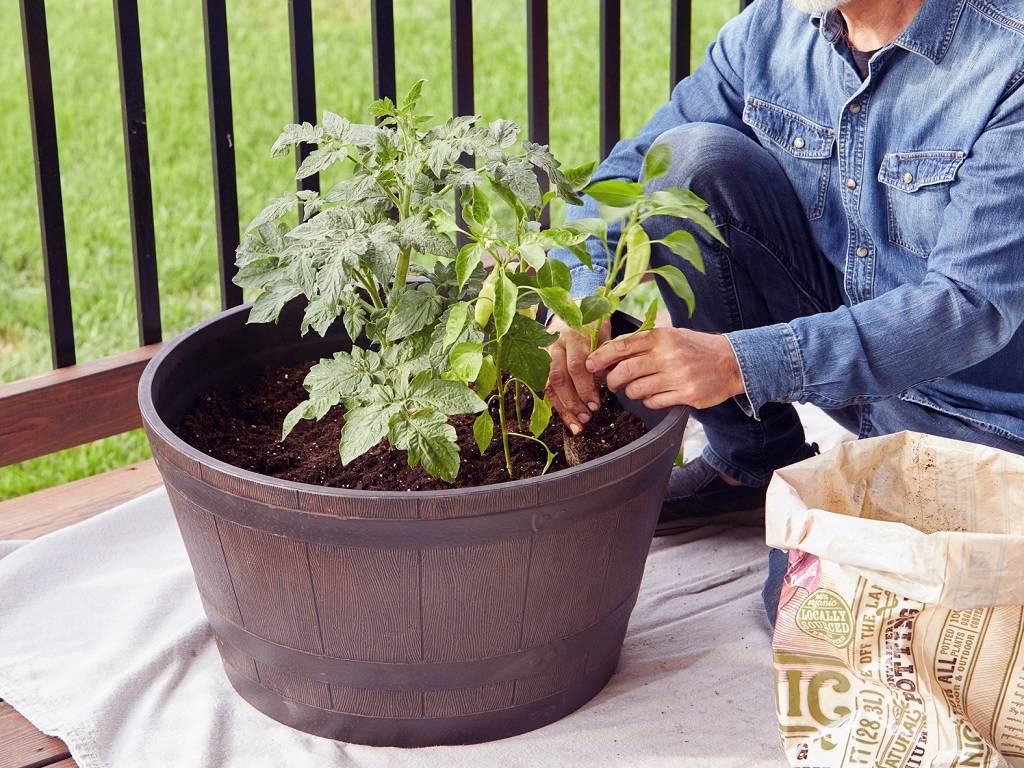
Experts and garden designers have plenty of tips for making the most of container gardening. Containers can be raised, set on table tops, or hung from ceilings, making them ideal for small spaces, apartment/condo living, patios, and those with limited mobility. If you're not a DIYer, you can add your flair and creativity or buy pre-planted containers.
Gardening Supplies
First, gather your materials, which should include planters of any type and potting soil mix. Use at least a 5-gallon container for larger vegetables (tomatoes, peppers, eggplant, etc.).
Smaller vegetables (such as lettuce, herbs, and radishes) can be stored in 1- to 3-gallon containers. The size ensures adequate root space and water storage capacity. When planting climbing vines, include trellis support.
Reusing old soil in potting mixes is generally discouraged due to the risk of diseases, overwintering pests, and nutrient depletion. Potting mixes lose nutrients when watered daily. Depending on what you pot, you may need to add minerals such as phosphorus (great for tomatoes) or potassium (for flowers).
Plant Design
Now comes the exciting part. There are several approaches to design when selecting plant combinations.
Plants with similar water and sun requirements, as well as those that make good companions for one another, must be considered. Dimension, shape, and color are important factors in container gardening.
The "thriller, filler, spiller" method typically employs three plant types. It starts with a vertical placement, then adds filler around it, and finally a spiller, something that flows over the edges.
Combining Vegetables and Flowers
Hannah Lucey, greenhouse manager at City Floral, recommends combining pest deterrents and pollinator attractants with containers of vegetables. Tomatoes and marigolds, for example, are common companions, but she recommends including lemongrass, citronella-scented geraniums, and various salvias for added benefit.
According to Elisa Mack of Auntie M's Garden, a kitchen garden design company, adding alyssum, nasturtium, and zinnia as trap crops for pests such as aphids results in more proactive pest management.
















